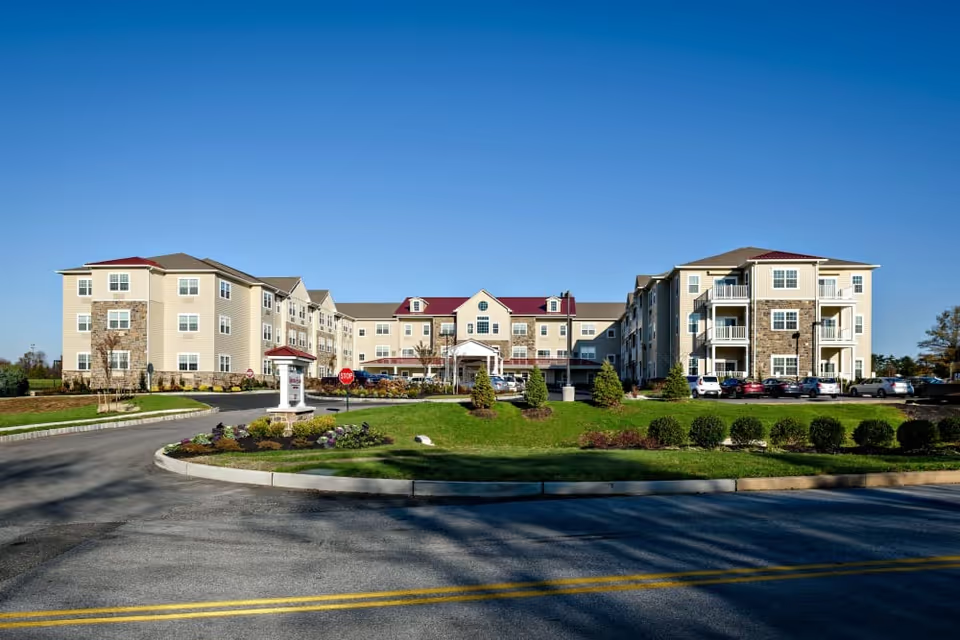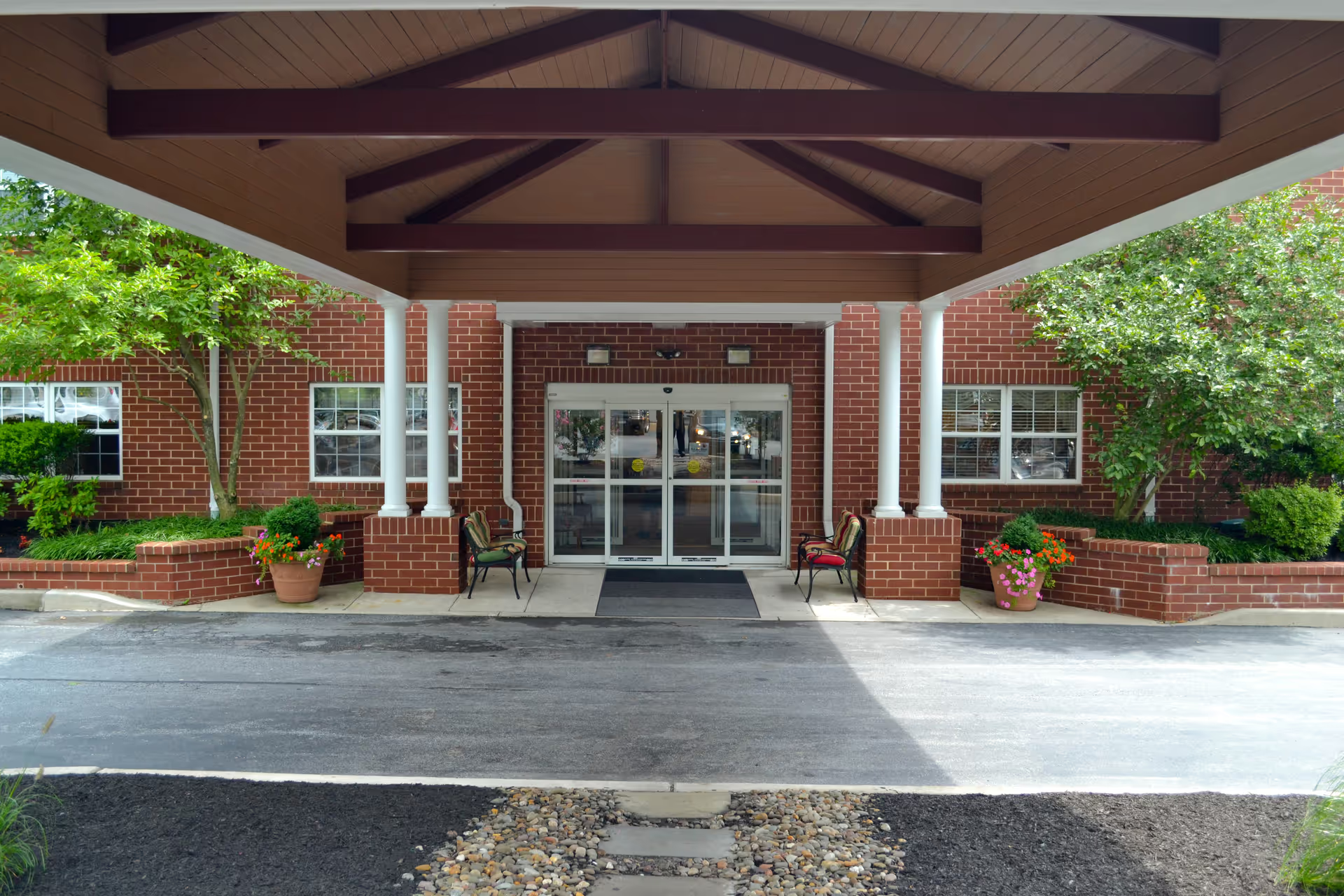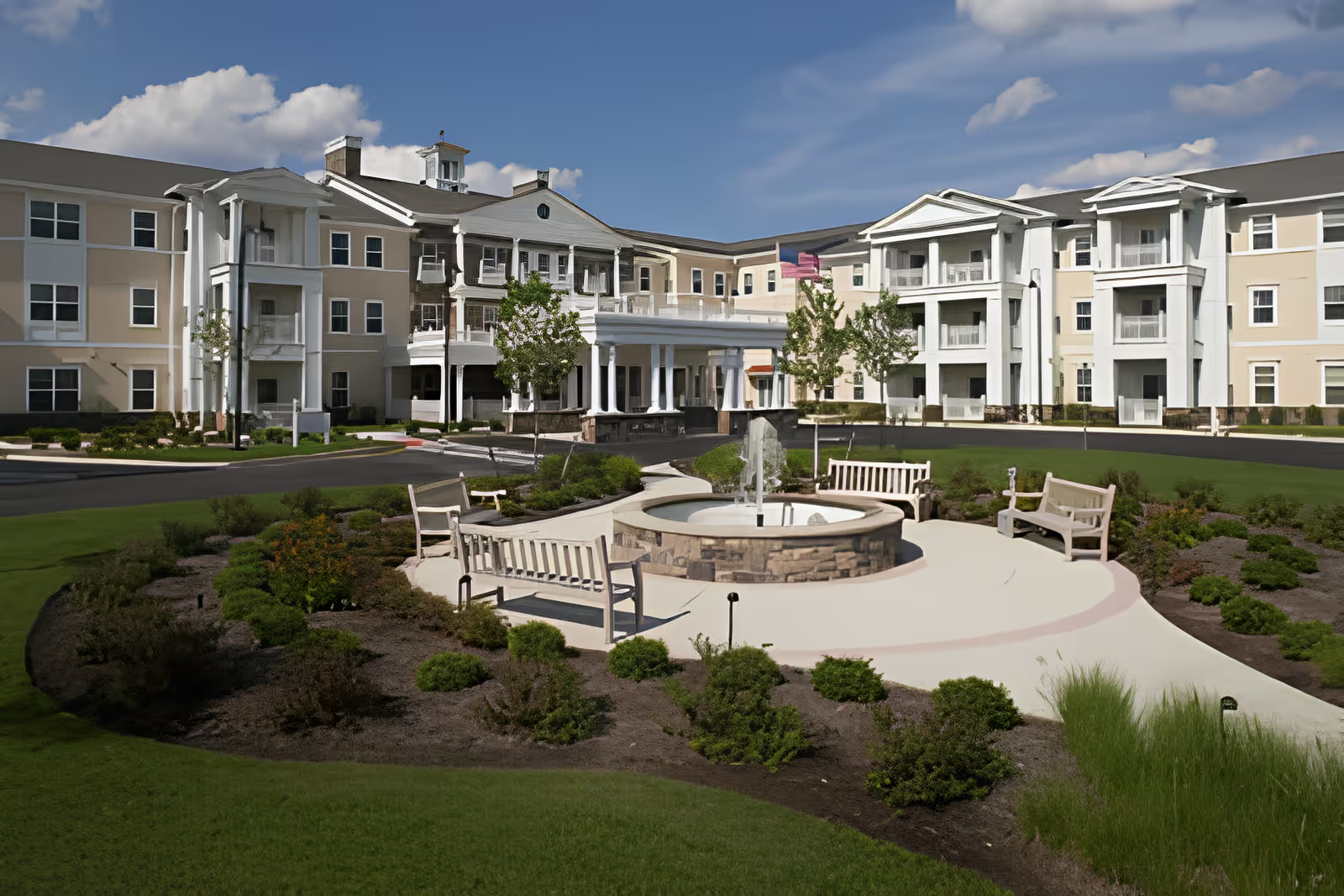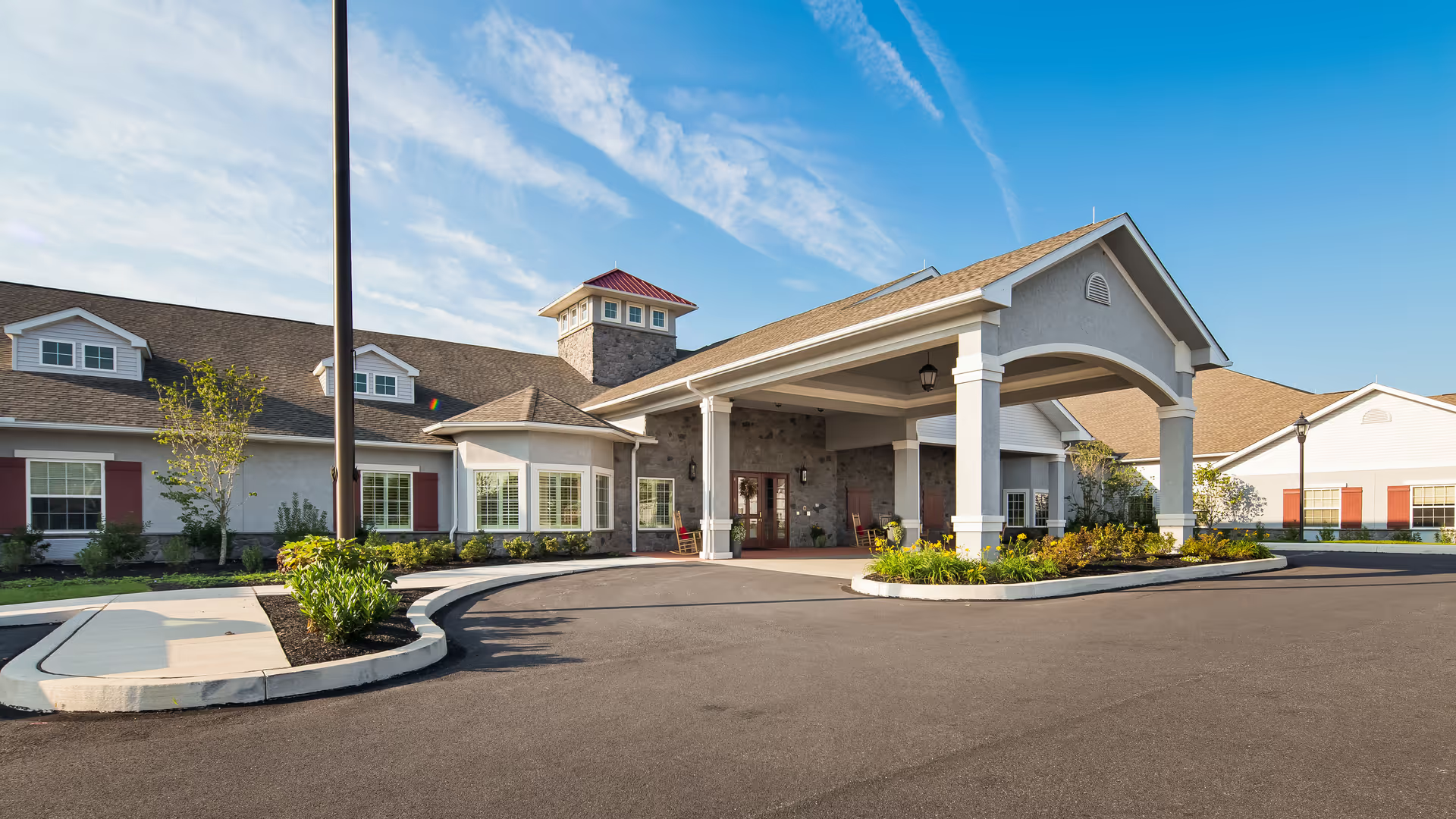Overall sentiment in the reviews for Bryn Mawr Extended Care Center is deeply polarized: a substantial number of reviewers praise caring, hardworking staff—particularly in physical therapy, admissions, housekeeping, and some nursing teams—while a similarly sizable and concerning group report serious quality, safety, and sanitation problems. The facility appears to deliver excellent rehabilitative outcomes and compassionate, family‑like care in many instances, yet other accounts describe neglectful, unsafe conditions and inconsistent operations. This split suggests substantial variability in resident experience that may be related to differences across units, shifts, staffing levels, or time periods.
Care quality and clinical management: Reviews repeatedly highlight a dichotomy. Positive reviews describe attentive nurses, excellent PT/OT outcomes, and staff who go above and beyond to meet resident needs. Many families reported smooth rehab stays, timely therapy that led to good recovery, and nursing attention that reassured them. Conversely, numerous reports describe delayed or absent medical attention, missed or late medications, inadequate assessment or care planning access, bedsores, dehydration, untreated infections, and even a serious burn and a death. Several reviewers specifically mentioned being left in urine or excrement for hours, delayed response to alarms and call bells (25+ minutes in some reports), and alleged misattribution of causes when incidents occurred. These are high‑severity concerns that indicate both potential staffing shortages and failures in clinical oversight when they occur.
Staffing, responsiveness, and culture: Many reviews praise individual employees and long‑tenured teams who know residents by name and provide compassionate service, and there are numerous mentions of staff who deserve recognition. Admissions personnel and certain clinicians were repeatedly singled out as exemplary. However, a pervasive counter‑theme is chronic understaffing, especially on nursing shifts, which reviewers link directly to long wait times, unaddressed needs, and rushed or inconsistent care. Several accounts note unprofessional or rude behavior from some nurses, supervisors, or therapists, and some families allege retaliation after filing complaints. Language barriers and poorly trained staff were also reported in a minority of reviews, adding to the unpredictability of day‑to‑day care quality.
Facility environment, cleanliness, and safety: Facility descriptions range from recently renovated, bright, and clean areas to reports of filthy conditions, strong urine odors, stained/soaked sheets, dirty bathrooms, and even a dead rodent found in a room. Multiple reviewers report black mold being ignored, broken or unsanitary furniture, and lacking basic supplies (toilet paper, working TVs, functioning walkers). Safety issues include missing bed rail/safety equipment, unsafe bathroom fixtures, and long alarm reset delays. Some positive comments note recent flooring replacements and effective housekeeping teams, suggesting that cleanliness may be variable over time or by unit.
Dining and activities: Feedback on dining is mixed. Several reviewers commended kitchen staff and a food‑service director who improved menus and quality, while others described cold, inedible meals, dietary restrictions being ignored, and food appearing in bed. Activity programming is similarly inconsistent: many reviewers praise a robust calendar with music, spiritual programs, trips, and social events that contribute to a family‑like atmosphere, whereas others report a depressing vibe with no activities or outdoor access. These differences likely affect resident satisfaction significantly and may reflect inconsistent staffing or program prioritization.
Management, communication, and complaints handling: Management impressions are highly variable. Some reviewers describe an involved administrator who knows patients by name, prompt issue resolution, and strong leadership that maintains safety and comfort. Others report poor communication, an unavailable administrator, voicemail that’s always full, threats from management, and formal complaints that produced no state action or were met with retaliation. Several reviews point to slow or problematic discharge processes and poor follow‑up on discharge instructions. This inconsistency in managerial responsiveness contributes to the divergent experiences reported.
Patterns and probable causes: The pattern across reviews suggests that Bryn Mawr has pockets of strong care (notably PT/rehab, admissions, and some nursing/housekeeping staff) but also recurring systemic problems—primarily staffing shortages, inconsistent leadership follow‑through, and lapses in hygiene/safety. Positive and negative experiences often coexist, which may indicate variability between units, shifts, or periods when renovations and staffing levels change. High‑severity safety incidents and numerous sanitation complaints are particularly concerning because they represent immediate risks rather than merely service quality issues.
Implications for prospective residents and families: Given the polarized feedback, families should approach Bryn Mawr with targeted questions and a thorough tour. Important areas to investigate include current staffing ratios and turnover, examples of recent improvements (sanitation, renovation, infection control), how call‑light response times are monitored and addressed, incident reporting and family notification policies, the unit where a prospective resident would be placed, and specific therapy and dietary plans. Speaking directly with current residents’ families, observing mealtime and activity periods, and requesting recent inspection/complaint records will help clarify whether the positive practices or the negative patterns are dominant at the time of placement.
In summary, the reviews paint a complex portrait: Bryn Mawr Extended Care Center can deliver excellent rehabilitative care and has many staff members who provide compassionate service, but it also has repeated, serious allegations of neglect, sanitation failures, and inconsistent management responsiveness. These mixed results make it essential for families to perform careful, time‑sensitive due diligence before choosing the facility and to monitor care closely after placement.







